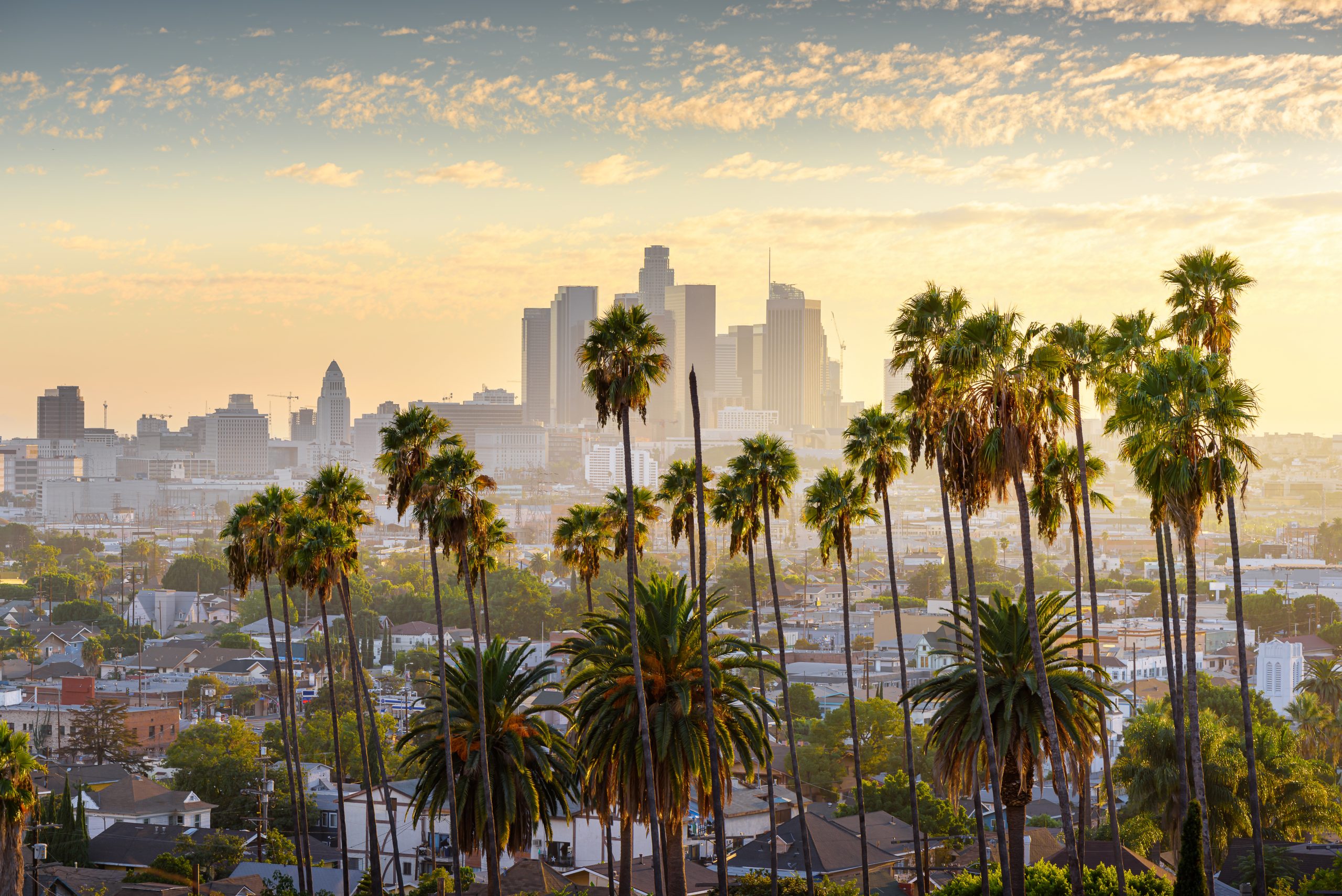Connecting the dots the experts won’t
California and the Digital Return of High Culture

Compute or be computed.
Not everyone who rejects the vision of the future being forced on California by its ruling class is willing to leave California. The usual reason associated with this resistance is a certain kind of softness: “Cali,” the thinking goes, is the terminally mellow land of the Lotus-eaters, its hazy light and its glassy nights as brain-fogging and blood-thinning as its timeless beaches and its ripple-ribboned swimming pools. Sushi, salad, suntan—would you even notice if you died?
Of course there is something to this. But the blissed-out aesthetic environment of Southern California—the California I can understand why elevated people don’t want to leave—is just one gleaming facet of a larger gem. Even at this late date, the vast city-state of Los Angeles exerts such a powerful hold on certain people because it is still the closest we have in the US to a complete package of embodied high culture integrated fully with a beautiful land.
L.A. is still where the beautiful human arts have been organizationally developed to a level as rich in its fullness as the natural world that surrounds and informs it. And while this has done nothing to slow the creep of a debased post-political form of governance—in some respects, it has merely accelerated the rot—those who rule L.A. culturally are daily devoted to the institutional maintenance of our highest forms of artistic culture, from the Getty’s ancient sculptures to the Hollywood Bowl’s classical symphonic series.
This is to say nothing of the food, of the wine, of the architecture, the gardens, the libraries, and the aerospace engineering, all of which bear Southern California’s distinctive and frankly insuperable stamp of humane achievement. People insisting California’s dissidents must abandon the state now make some compelling arguments. But the critics need to grapple much more deeply with the problem of maintaining high culture that California’s institutionalized aesthetic excellence throws into sharp and inescapable relief.
For, while a society can’t sustain any culture, much less high culture, when it has lost any focus on the bearing and raising of future generations, a culture that has turned the unglamorous basics of life, provisioning, and home into a vengeful identitarian obsession will lose its grip on—and, eventually, its vision of—the kind of mature artful glory that alone can complete and consummate a civilization, the glory which gives the young coming of age a liberating and disciplining taste of their stake in flexing our humanity in full.
Today the reality in California is that the people keeping the wheels on our institutions of high culture and the lights on in their buildings are not the dissidents but the conformists—those who gladly accept the stultifying inertia of uniparty despotism if their ability to tend the eternal gardens of America’s aesthetic paradise is kept secure. California’s dissidents deserve mountains and oceans of praise and support, but in the end, they are irrelevant to the maintenance of California’s high culture more or less by choice, and they have more or less no interest in grooming and raising their children to take positions as the conservators and promoters of high culture’s elite institutions.
The point is not to cast blame or ridicule, but to bring to center state the very specific problem California’s dissidents and their allies nationwide need to recognize in the state’s uncanny mix of decay and achievement. The dissidents need to face the fact that they have defaulted out of the apex civilized mission of institutionalizing high culture. And the conformists need to accept that their apex culture faces a full-blown crisis of obsolescence in the digital age.
Today neither dissidents nor conformists seem quite sure just what the hell to teach their children to prepare them for this onrushing, all-pervading age. Both groups seem generally shellshocked by the relentless pace of unfolding change our technology blasts through us and our children every waking moment of the day.
Indifferent to our hopes, the unfolding revolution reveals that the cultural comfort of the conformists cannot save their children from confusion and disenchantment at the hands of bots which wipe away the relevance and meaning of late-twentieth-century high culture. At the same time, it reveals that the homey traditionalism of the dissidents isn’t enough to give their kids the ability to control the most powerful digital tools—without which no twenty-first-century high culture is possible.
Our technologized age throws down a gauntlet: no unity, no harmony between natural beauty and human excellence is possible anymore without a renaissance of culture on a foundation of civilized control over the most powerful digital tools. This realization is painful, and in some ways sad: almost none of us asked for this, and most of those who did had naively pre-digital dreams about a future their inventions have decidedly not ushered in.
But the time to coddle ourselves and carve out small spaces for melancholic denial is already behind us. Perhaps it will take only a somewhat “heartless” kind of young male anger to slap into society the focus needed to accept responsibility for the fate we have brought on ourselves and to begin the centuries-long labor of rebuilding high culture on the digital foundation it now inescapably requires. But if we do not learn in this way to slap around the “compute” that is now the only entity strong enough to dominate the entire world, it is us and our culture that will be slapped around, straight into oblivion. Compute or be computed—that, now, is the law.
For Californians—and others—this means spiritually contemplating the seriousness and urgency of the third way between corrupt conformity and dispossessed dissidence. The technological advancement that California has spawned has proven all too hostile to the high human culture of which the state itself is America’s most fitting natural home, and perhaps the world’s. But that is hardly the fault of our bots. They are standing at the ready—in the form of digital datacenters and of the digital currencies we must use to command those datacenters to shoulder the weight of the world we must rebuild. To reclaim our future from our machines, all we need now is to summon forth the authority that will make them serve our soul.
The American Mind presents a range of perspectives. Views are writers’ own and do not necessarily represent those of The Claremont Institute.
The American Mind is a publication of the Claremont Institute, a non-profit 501(c)(3) organization, dedicated to restoring the principles of the American Founding to their rightful, preeminent authority in our national life. Interested in supporting our work? Gifts to the Claremont Institute are tax-deductible.
Our useless ruling classes are making a hard decision way, way worse.
Biden’s handpicked banker declares war on digital freedom.
A closer look at Eric Adams’s odd history




